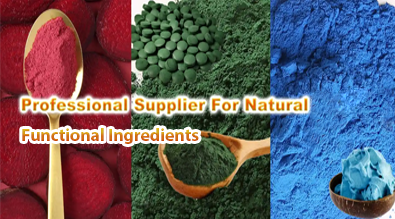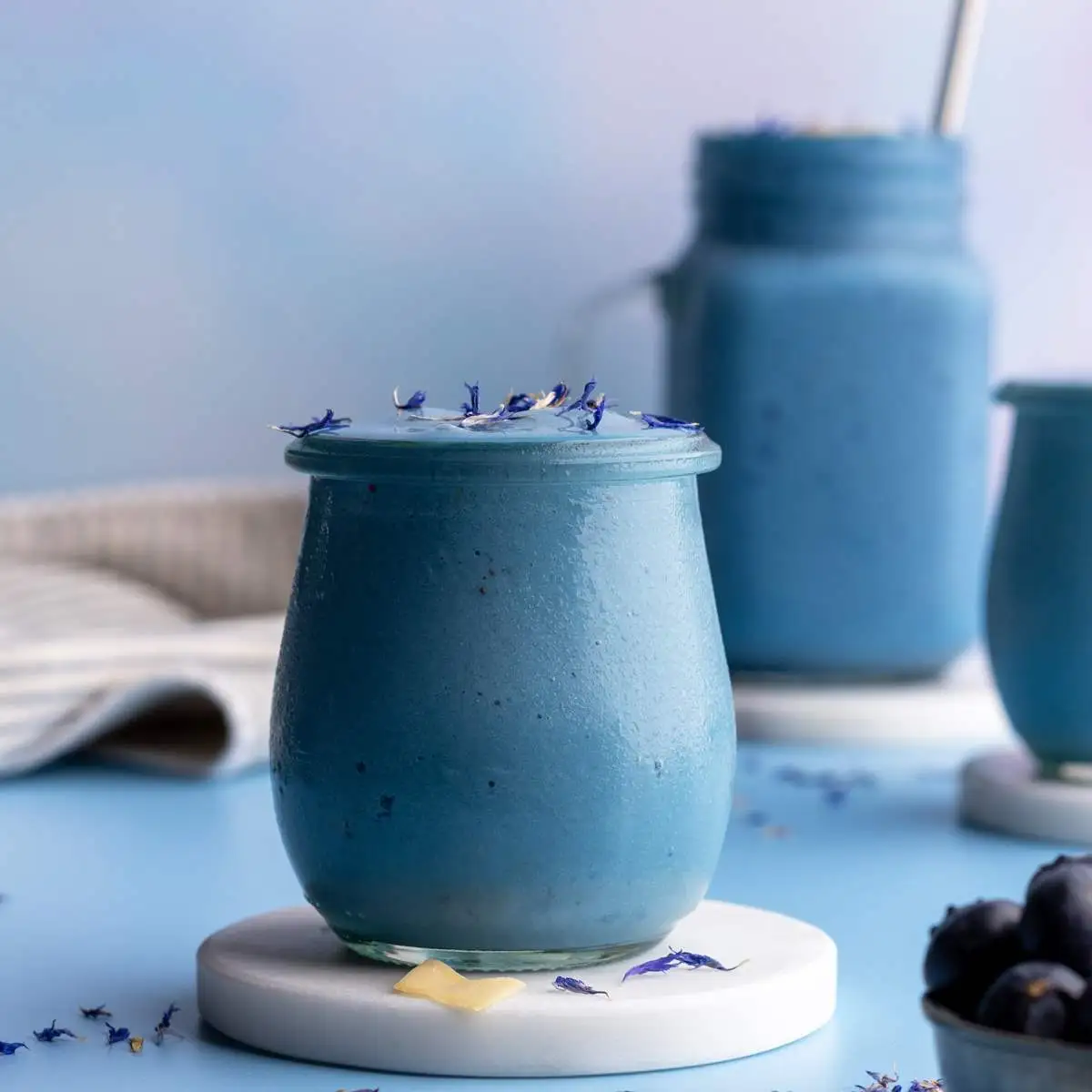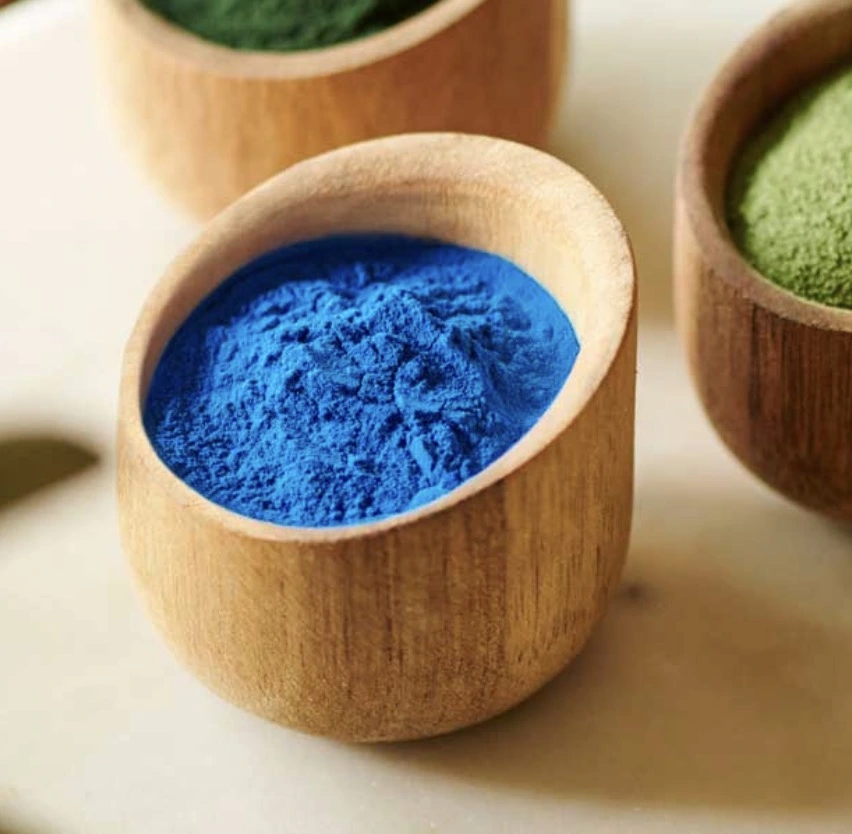The Science Behind Turmeric Powder Pigment 100(II) as a Colorant
Turmeric powder has been used for centuries as a natural colorant in various industries, from food to cosmetics. Its vibrant yellow hue and numerous health benefits have made it a popular choice among manufacturers and consumers alike. In this article, we'll delve into the science behind Turmeric Powder Pigment 100(II) and explore its properties as a colorant.

How Turmeric Pigment Works as a Natural Dye?
Turmeric Powder Pigment 100(II) obtains its color from curcumin, the primary curcuminoid in turmeric. Curcumin is a polyphenolic compound that shows a bright yellow hue when extracted. Its molecular structure enables it to absorb light in the blue-green spectrum while reflecting yellow light, which results in its yellow appearance to the human eye. This unique property makes curcumin an effective natural pigment, contributing to the characteristic color of turmeric-based products.
Turmeric's effectiveness as a colorant stems from its high tinctorial strength, meaning even a small amount can deliver a vibrant color to a large volume of material. This makes it an economical option for manufacturers seeking to introduce natural yellow hues to their products. Its strong coloring ability allows for efficient use, reducing the need for large quantities while still achieving the desired vibrant yellow shade. As a result, turmeric is an attractive, cost-effective solution for natural coloring needs.
Interestingly, the color of turmeric pigment is influenced by the pH of its environment. In acidic conditions, it retains its vibrant yellow hue, whereas in alkaline environments, it can shift to a reddish-brown color. This pH-sensitive color change has been historically used in traditional practices to create a range of colors from a single source, showcasing the versatility of turmeric as a natural pigment. This unique property allows for diverse applications, depending on the desired color outcome.
Benefits of Turmeric Pigment in Food and Cosmetics
The application of Turmeric Powder Pigment 100(II) goes beyond its coloring capabilities. In the food industry, it functions as a versatile ingredient, enhancing both visual appeal and potential health benefits. Curcumin, the active compound in turmeric, has been researched for its antioxidant and anti-inflammatory properties, making it a valuable addition to functional foods and dietary supplements. This dual-purpose nature not only improves the aesthetics of food but also contributes to its nutritional value, supporting overall wellness.
In cosmetics, turmeric pigment is prized for its natural origin and skin-enhancing benefits. It is often used in color cosmetics such as foundations and face powders to create a warm, golden glow. Beyond its coloring properties, turmeric’s antioxidant qualities may help protect the skin from free radical damage, making it a sought-after ingredient in anti-aging products. Its combination of aesthetic appeal and potential skin benefits has made it a popular choice in skincare and cosmetic formulations, promoting both beauty and wellness.
The versatility of turmeric pigment allows for its incorporation into a wide range of products, including:
- Baked goods and confectionery
- Dairy products and beverages
- Sauces, dressings, and condiments
- Natural fabric dyes
- Skincare and makeup products
Its compatibility with various formulations and processing methods further enhances its appeal to manufacturers seeking natural coloring solutions.

Why Turmeric Pigment is a Safe Colorant Choice?
Safety is a top priority when choosing colorants for consumer products, and Turmeric Powder Pigment 100(II) is a trusted and safe option. With a long history of use in traditional cuisines and medicinal practices, it has earned the "generally recognized as safe" (GRAS) status from regulatory bodies like the FDA. This recognition highlights its reliability and safety for use in various applications, making it a preferred choice for manufacturers seeking a natural, approved colorant for their products.
Unlike some synthetic dyes that have raised health concerns, turmeric pigment is derived from a natural source and poses minimal risks when used correctly. Its safety is further supported by numerous studies examining its potential health benefits, which have shown minimal adverse effects even at higher doses. This extensive research reinforces turmeric's safety profile, making it a preferred choice for natural coloring in various products. Its combination of low risk and potential health advantages makes it an appealing option for both consumers and manufacturers.
Moreover, the growing consumer demand for clean label products has positioned natural colorants like turmeric pigment at the forefront of industry trends. Manufacturers can leverage this consumer preference by incorporating turmeric pigment into their products, potentially increasing appeal and market share.
While Turmeric Powder Pigment 100(II) is generally safe, individuals with turmeric allergies should exercise caution. Its strong staining properties also require careful handling during manufacturing to avoid unintentional discoloration of equipment or other products. Proper precautions should be taken to ensure safe use and maintain the integrity of the production environment, ensuring that the pigment's benefits are maximized without causing any unintended issues.

Conclusion
Turmeric Powder Pigment 100(II) represents a confluence of traditional wisdom and modern science in the realm of natural colorants. Its rich yellow hue, coupled with potential health benefits and safety profile, make it an attractive option for manufacturers across various industries. As consumer interest in natural and clean label products continues to grow, the role of turmeric pigment as a versatile and beneficial colorant is likely to expand further.
For those interested in exploring the potential of Turmeric Powder Pigment 100(II) for their products, Yangge Biotech Co., Ltd. offers high-quality, sustainably sourced turmeric extracts. Our team of experts is available to provide guidance on incorporating this vibrant natural colorant into your formulations. For more information, please contact us at info@yanggebiotech.com.
FAQ
Q: Can we get some samples to test before purchasing?
A: Of course, we can provide free samples of 20 to 100 grams, but the shipping cost is at the customer's expense. The shipping cost can be deducted from the next order, or the samples can be sent through your courier account.
Q: Do your products have relevant certifications?
A: Yes, our products are certified for HALAL, ISO, HACCP, Kosher, and other certifications.
Q: What is the minimum order quantity (MOQ)?
A: Small batches of samples can be customized according to your requirements.
Q: Do you offer OEM and ODM services? Can the formula be customized based on our own?
A: Of course, we provide ODM and OEM services to many customers. Our product range includes softgels, capsules, tablets, sachets, granules, and private label services. Simply contact us and let us know your requirements. Our experienced R&D team can also develop new products with specific formulas.
Please contact us to design your own branded products.
Q: How do you handle quality complaints?
A: First, we have a comprehensive quality control SOP. We provide authoritative third-party inspection reports for almost all products before shipment to minimize the possibility of quality issues. Second, we have a comprehensive return and exchange procedure. If there is a genuine quality dispute, we will strictly follow the SOP.
Q: How do you ship? How long does delivery take?
A: For small orders, we typically use DHL, UPS, EMS, FedEx, or TNT. Delivery typically takes 3-7 days. We also offer air and sea freight services. We have a strong freight forwarding team and can provide you with a one-stop service, including DDP and DDU.
Q: What are your payment terms?
A: 100% prepayment, payable by T/T, Western Union, MoneyGram, or PayPal.
Q: What is the shelf life of your products?
A: 2 years with proper storage.
Q: Is the packaging environmentally friendly?
A: We attach great importance to environmental protection and are constantly improving our product packaging. Some products are packaged in recyclable paper. Packaging materials are carefully selected to ensure product safety during transportation and storage, and to minimize environmental impact. We are committed to achieving a balance between environmental friendliness and practicality in our product packaging, and to contributing to sustainable development.
References
1. Johnson, A. & Smith, B. (2022). "Curcumin: The Science Behind Turmeric's Golden Pigment." Journal of Natural Colorants, 15(3), 78-92.
2. Lee, C. et al. (2021). "Applications of Turmeric Pigment in Food and Cosmetic Industries." International Journal of Food Science and Technology, 56(4), 1589-1602.
3. Garcia-Rodriguez, M. & Lopez-Alvarez, J. (2023). "Safety Assessment of Turmeric-Derived Colorants in Consumer Products." Food and Chemical Toxicology, 171, 113317.
4. Chen, X. & Wang, Y. (2020). "pH-Dependent Color Changes of Curcumin and Its Applications." Dyes and Pigments, 182, 108622.
5. Thompson, D. et al. (2019). "Consumer Perceptions of Natural Colorants in Food Products: A Global Market Analysis." Trends in Food Science & Technology, 93, 259-270.
Based on your location and order quantity, you will have the opportunity to receive a limited time free shipping promotion!

Who we are


